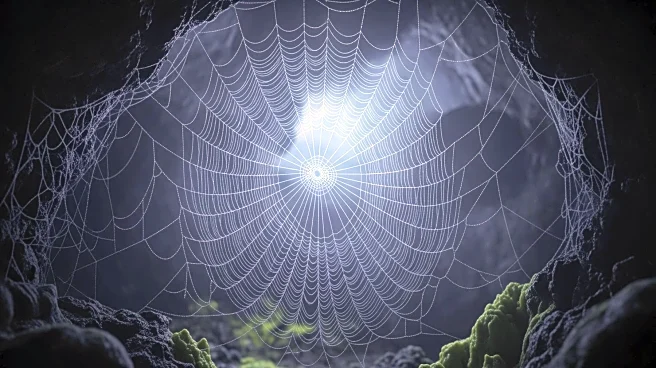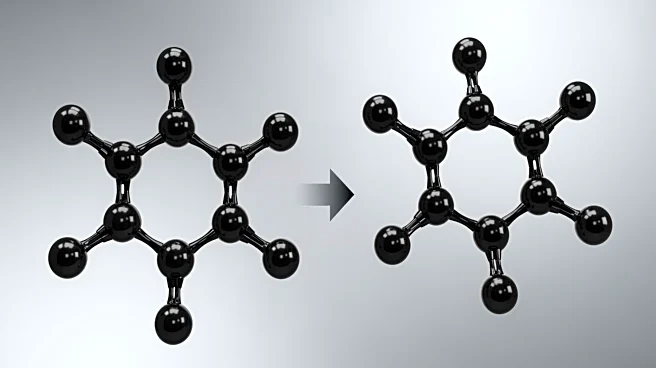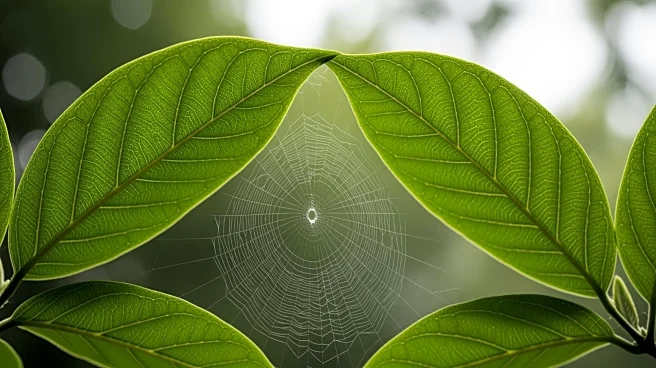What's Happening?
Scientists are engaged in a debate over the reasons why some autumn leaves turn red. NPR's Nell Greenfieldboyce reports that while the yellow color in leaves is due to the breakdown of chlorophyll, the red pigments
are newly created in the fall. Biologist Niky Hughes from High Point University has dedicated her career to studying these red leaves. Some researchers, like Susanne Renner from Washington University, suggest that the red pigments act as a form of photoprotection, shielding leaves from excess sunlight after chlorophyll is lost. Others, such as evolutionary biologist Marco Archetti from Pennsylvania State University, propose that the red color deters insects, as studies show aphids prefer green and yellow leaves over red ones. The debate continues as scientists explore various hypotheses, including the possibility of red leaves preventing fungal infections or serving as camouflage.
Why It's Important?
Understanding why leaves turn red in autumn has broader implications for ecological and evolutionary biology. The red pigments may play a crucial role in protecting trees from environmental stressors, such as excessive sunlight and insect predation. This knowledge can inform conservation strategies and enhance our understanding of plant adaptation and survival mechanisms. Additionally, the study of leaf coloration can contribute to broader discussions on climate change and its impact on plant life cycles. As scientists continue to investigate, the findings could influence agricultural practices and the management of natural resources.
What's Next?
Further research is needed to conclusively determine the reasons behind the red coloration in autumn leaves. Scientists like Niky Hughes are conducting experiments to explore the effects of different environmental factors on leaf color. These studies may involve analyzing the impact of nitrogen levels on leaf pigmentation and examining the role of red pigments in various tree species. As the scientific community continues to explore these questions, new insights may emerge, potentially leading to a consensus on the function of red leaves in autumn.
Beyond the Headlines
The debate over red autumn leaves highlights the complexity of natural phenomena and the ongoing quest for scientific understanding. It underscores the importance of interdisciplinary research, as insights from biochemistry, ecology, and evolutionary biology converge to unravel this mystery. The study of leaf coloration also reflects broader themes in science, such as the interplay between organisms and their environment and the adaptive strategies that have evolved over time.











